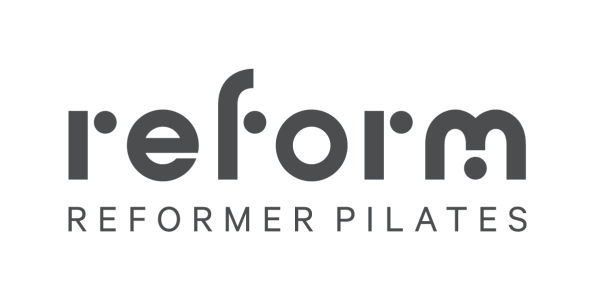I want to be strong but I don’t want to get bulky. How do you get the strength you are after without the ‘bulk’ so many of you fear? It seems so obvious – strength MUST be relative to size and in order to be strong you need to grow bigger muscles. And yes, this is true; ONE way you can increase strength is through hypertrophy (training muscles so they grow) much like a bodybuilder. This growth is generally because resistance training breaks down muscle cells (muscle protein breakdown or MPB) forcing the body to regenerate or grow new muscle tissue (muscle protein synthesis or MPS). This ENTIRE process is dependent on you having enough protein in your diet. But that’s another article. Basically, you aren’t a body builder, you want the strength, you don’t want the mass.
So, we know an increase in the cross-sectional area of the muscle fibre (muscle protein synthesis) will cause an increase in strength but it is one of a number of ways strength gains occur. What are the others?
The neural adaptation to training is most evident in beginners; when you start training you notice fairly rapid changes in your strength that will eventually plateau before you add new stimulus (heavier weight, longer holds, slower rep speed) and the cycle continues. This new stimulus establishes blueprints for the movement in your brain and an increased neural efficiency. In lay terms, the brain commutes with the muscle better via the nervous system. If you are able to get your brain to stimulate 80% of a muscle through more efficient neural pathways as opposed to 50% thanks to inefficient pathways, then you are using more of that muscle and become stronger as a result WITHOUT a change in muscle size. This ‘syncronisity’ between brain and muscle extends beyond just better communication; it involves more rapid signalling (the brain instructs the muscle quicker than before) known as ‘rate coding’ and building of a more intense or stronger signal (known as wave summation) than before.
It’s definitely worth noting here that you can’t exclusively train one of these adaptions above another; just as you can’t burn only fat by itself or target a single muscle to the exclusion of others.
You’re body is just too clever for that.
As always, in these types of articles, this is a simplistic interpretation of a more complex process. The fact it is, unless your a budding exercise physiologist you don’t need too much depth – just an easy to understand answer to the eternal question ‘How do I get strong without bulky’?
Now you know.
References:
http://hiit-blog.dailyhiit.com/…/thing-burning-fat-even-do…/National Strength and Conditioning Association; Thomas R. EdD Baechle; CSCS (2008-06-25). Essentials of Strength Training and Conditioning, Third Edition (Kindle Locations 1430-1432). Human Kinetics. Kindle Edition.
http://www.humankinetics.com/excerpts/excerpts/neuromuscular-adaptations-to-strength-traininghttps://breakingmuscle.com/fitness/how-to-get-stronger-without-getting-bigger




